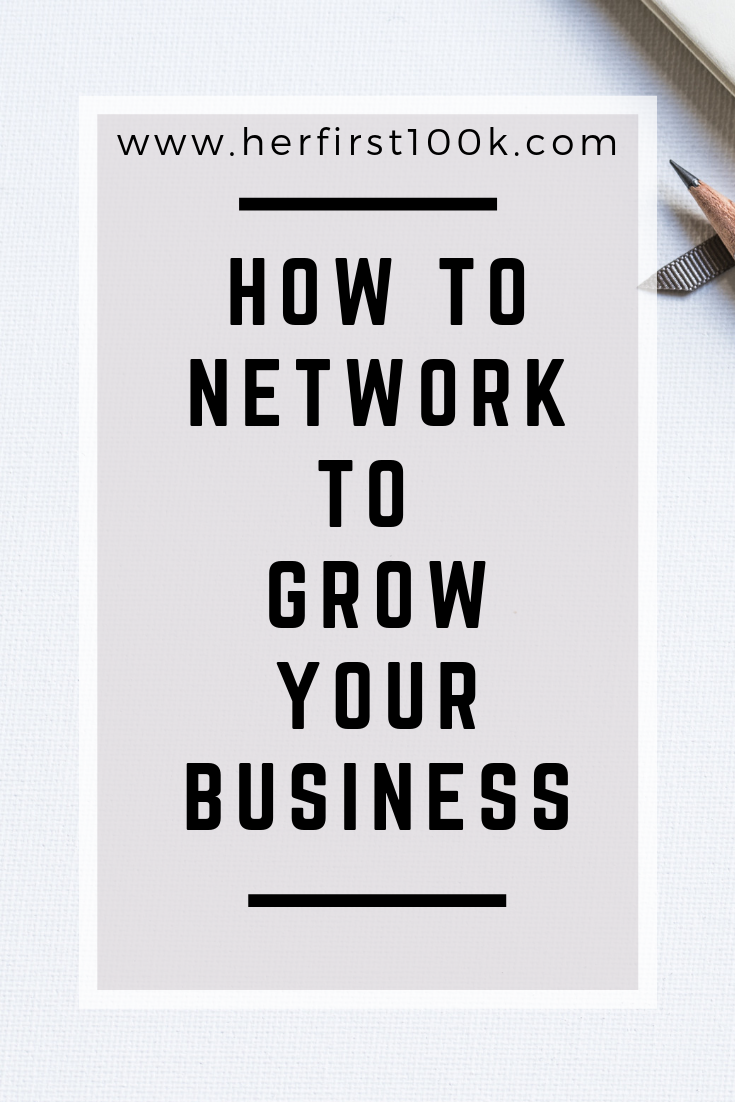The following article may contain affiliate links or sponsored content. This doesn’t cost you anything, and shopping or using our affiliate partners is a way to support our mission. I will never work with a brand or showcase a product that I don’t personally use or believe in.
New Ways to Network
Hi, I’m John. I try to end each day a little better than I was in the beginning.
I get fired up about; sales, digital marketing, and entrepreneurship. Connect with me on my website, LinkedIn, or Twitter.
Imagine this scene: you walk into a coffee shop and look around for someone sitting by themselves, waiting at a table with two chairs. You have a vague idea of who you’re looking for, but you’ve been wrong before, so you proceed carefully.
You see a woman who might be her. “Jennifer?” She nods, you shake hands, and then sit together to get acquainted.
This might sound like a Tinder date, but it’s what I do for a living: professional networking.
Sometimes, people get a bad taste in their mouth at the term “networking.” For them, the idea of sitting down with someone they don’t know and having a conversation about business is not appealing. Many people lump it together with the concept of “selling,” and perceptions of the stereotypical salesperson are well established.
But if you are a freelancer, or you want to start a business from home, or maybe you don’t like your boss and want to go out on your own, you need a way of getting the word out. Waiting for the business to simply come to you is a sure way to end up crawling back to your old job, and nobody wants to do that. Even if the idea of networking is scary or unpleasant, I think that everyone will agree it’s preferable to cold-calling.
Three years ago, I decided that I didn’t want to rely on cold-calling for business and made a decision to network instead. At that time, I didn’t know anyone in the small business community and had maybe 30 connections on LinkedIn. I had to get going quickly and to do that, I had to develop very clear goals and the mindset to reach them.
Here is a list of ten tips and tricks that I use to keep my calendar full and money coming in. If you approach networking in this way and use these techniques, you will have a robust network in no time. (And if you make it to the end, there’s a bonus tip!)
1. Where do you start?
Network where you are comfortable first, and then as it gets easier, you can challenge yourself. Go through your LinkedIn for connections and local professionals. Ask them to meet you for a cup of coffee (here’s how!) In most cases, you already know some of these people, so that can be a great place to start. When you are ready to really move and push yourself, check out Meetup, where a lot of groups will post their meetings. BNI runs groups in most cities and is always looking for more people. Your local Chamber of Commerce will offer networking/leads groups, and the Rotary Club will have events and meetings that you can attend. You can also join a non-profit board if you want to have an impact and do some networking. 1million cups run in many cities and will have networking opportunities before and after the presentations.
2. You are not selling to the person; you are forming a relationship.
This isn’t a sales call, this is an opportunity to form a relationship with someone who will eventually (hopefully) send potential clients to you. If you find yourself giving them marketing collateral or asking discovery questions on them, you should stop and backup. It can be hard to turn off the need to sell, but if you don’t, the person will be less willing to help you out.
3. When I first started I would sit down with someone and all we would do is talk business.
Looking back at those early meetings, it’s hard to remember anything about the conversation. Now I try to talk about personal items for about the first 15-20 minutes: hobbies, family—you know, friendly conversation. Get to know each other, don’t just talk business. When I do that, the relationship is stronger and gives you things to mention when you follow up with them (more on following up later.)
4. A lot of people have spoken about the awesomeness of living out of your calendar and time blocking to be as productive as possible, and networking is no different.
I make sure to block out times on my calendar for my networking groups and I deliberately set aside open time to be available for sitting down for a coffee or an afternoon beer. Scheduling in time on my calendar every week ensures I get my weekly invitations for meetings done, instead of just spending all my time reading tech reviews.
5. Building off number 3, make time in your week for meetings to happen, but don’t lose track of your time either.
I used to feel very obligated to accept the first time slot anyone suggested, and this would lead to me spending as many as 15 hours a week networking. Which is awesome for meeting people, but I also have to keep the lights on and keep my business moving. Sometimes there could be as many as 10 emails exchanged trying to negotiate a time and place to have a coffee! BRUTAL. Now I use Calendly as a scheduling tool: it allows me to set the times that I am available, then syncs with my calendar and blocks out time for appointments I’ve already scheduled. This allows me to cut down on my emails and keeps me from overloading a week with too many coffee meetings.
6. Any digital marketer will tell you the importance of nurturing a potential client and how important it is that a client trust you before they will buy from you.
Networking is the same. Remember, we want these people to send us clients and, in most cases, that doesn’t happen after one meeting. I have had some meetings where, when I describe the kind of client my business helps, my meeting partner will tell me that they have someone in mind and can’t wait to introduce me, but that’s not a sure thing. The more seasoned the networker, the more fly-by-nights they have run into and the less likely they are to offer their connections at a first meeting. They want to make sure that you are going to stick around for a while before they start sending their clients and friends to you, especially when the barrier to entry is low for industries like social media marketing.
7. Like they say in Hamilton, “Talk less, smile more.”
When you’re having a meeting, listen, have a conversation and be warm. Resist the instinct to be transactional. People are busy, and some of them have full calendars when you are reaching out to meet. Don’t make them regret taking time out to meet with you by dominating the discussion with rapid-fire statements about who you are looking to meet and what you want from them. Listen to the other person, and remember that a conversation is a two-way street. You don’t want that person to leave the meeting feeling like you talked the entire time and they never got a word in. Ask questions and get into the conversation, just like you would if you were catching up with an old friend. Ask who it is that they want to meet and work with. Invite them to share with you their goals and what they are doing to reach those goals. I always let the people I’m meeting with know that I genuinely want to learn more about their business, so I can make introductions where relevant (I make a minimum of 5 introductions a week to give back to my network.) At the end of the meeting — when you tell your meeting partner who you work with and what kind of results they are having — you can then ask, “Do you know anyone that fits that description that I should talk to?” They won’t feel like you’ve spent an hour steamrolling them to reach that point.
8. Buy the drinks!
Think of this as a tax you pay to keep your business running. I always offer a cup of coffee in my email invitation and then I always buy that coffee. If someone asks about it, I tell them that I invited them out and am happy to pay. And if they feel uncomfortable or are really resistant to the idea, I tell them that they can buy next time (this also opens the door for a follow-up meeting!). It’s also a business expense you can write off!
9. While your main focus is building a relationship, it is important to make “an ask” in a networking meeting, so organizing your thoughts and goals beforehand leads to better results.
Many people will spend a lot of time networking with nothing to show for it because they don’t make an ask (or they ask badly.) This is poor planning. Be clear in your own mind why you asked to meet with someone. Define for yourself ahead of time the kind of people you want to meet; this will clarify your target for the person you are sitting with. Having defined what I’m looking for to myself beforehand, I don’t just ask, “Know anyone that I should be talking to?” (because of course, the person will reply, “I can’t think of anyone right now.”) Instead, I’ll say, “Do you know anyone who works at a non-profit, or anyone who works in marketing? I am also always looking to meet people who are connectors. Do you know anyone?” Planning ahead lets you clarify the ask, helping your meeting partner to draw a more specific association with their own network.
10. Realize that networking is a long game.
The work that you are going to do this week might not lead to any business for a couple of months. I have had a few follow-up meetings with people who had been networking for a month or so and were feeling discouraged because they’d not gotten any traction. DON’T QUIT. The results will come if you keep at it and you make an ask at the end of the conversation. Some people balk at this idea and think it is a waste of time. But if you hire someone to do your SEO or your content marketing, you will have to wait a few months before you see results. Networking is no different.
If all else fails and you can’t find one organization or networking space that you enjoy going to – or if you just want more control – start your own group. I started a networking group inside my local Chamber of Commerce.
Most of us already network, we just don’t call it that. You meet up with old school friends when they come into town. You have lunch with a coworker from an old job to catch up. If you have to call in a solid from a close friend you don’t feel bad because you know that you will return the favor. Give as much as you get in your networking efforts and you will have more connections than you will know what to do with.
I hope that after reading this, you realize that networking conversations are really not different from the conversations that you have with your friends and family. That slimy feeling will never bother if you are genuine in your conversations and give as much (if not a lot more) as you get.
RESOURCES
I get asked all the time: what are your favorite money management tools?
Treasury: We’re building a one-of-a-kind, non-judgemental community where you can learn exactly how to invest, build wealth, and receive exclusive access to Her First $100K.
Capitalize: Did you recently switch jobs or launch your own business? Instead of losing money, roll over your old 401(k) into a brand new or existing IRA with Capitalize. They handle all the paperwork for you and for FREE, including calling the 401(k) provider on your behalf, completing paperwork, and sending faxes.
Personal Capital: The tool I check daily, Personal Capital is the best tool for tracking your net worth and your progress towards goals like saving, debt payoff, and (yes!) $100K.
The $100K Club Facebook Group: Need some honest money conversations in your life? Join my free community to get your burning questions answered.



